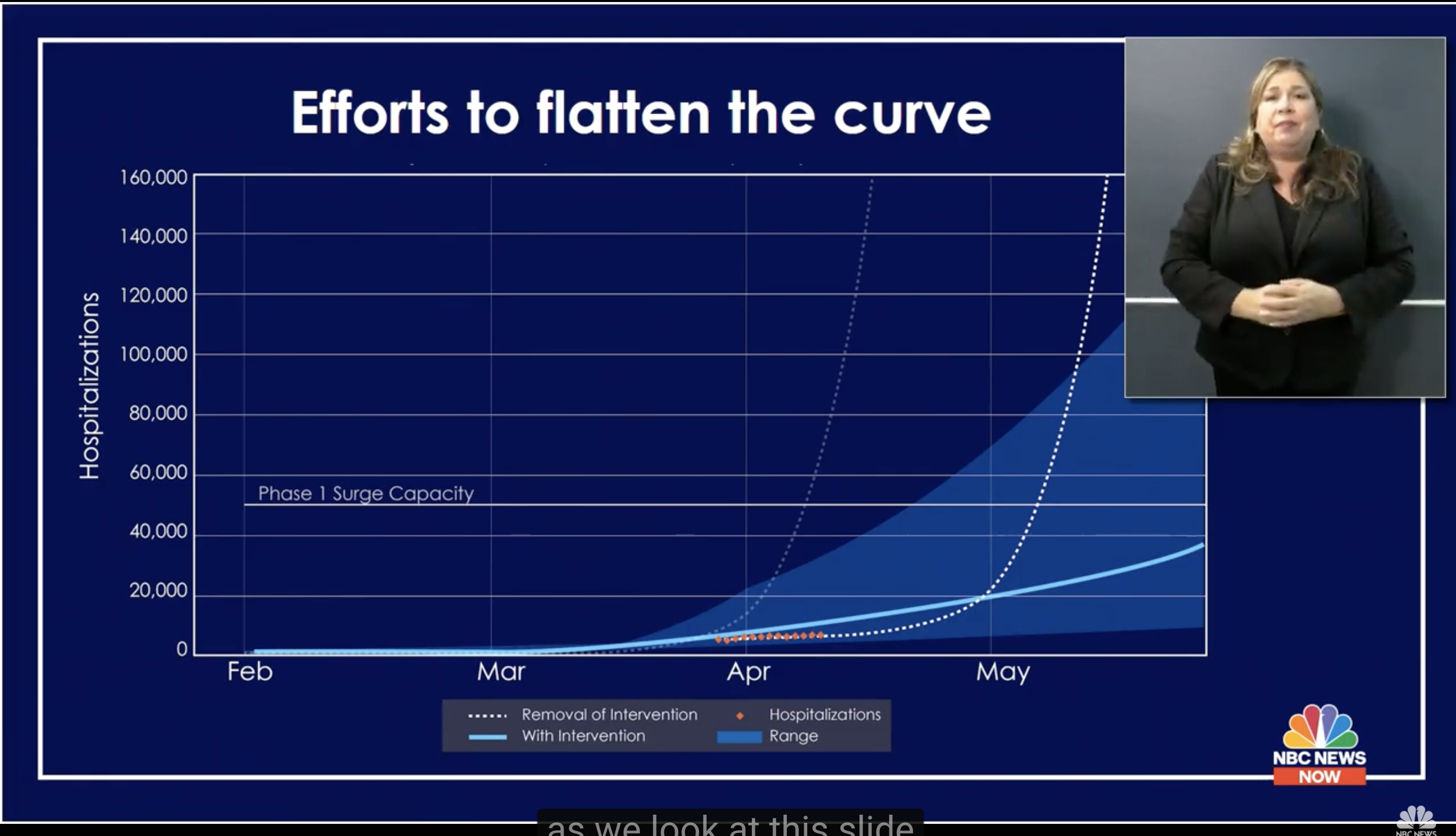Stanford is “actively discussing” potential outcomes for fall quarter but has not yet made any decisions, according to University spokesperson E.J. Miranda.
On Tuesday, California Gov. Gavin Newsom gave a press conference that could spell good news for the status of fall quarter: He will consider putting forth a timeline to relax social distancing measures in two weeks if conditions in the state improve, he said.
“We will continue to follow all local and state public health guidelines and keep in touch with the University community as more information becomes available,” Miranda wrote in a statement to The Daily.
Newsom expressed optimism that students could attend school in the fall, albeit with measures to foster social distance, but he warned that mass gatherings are unlikely until California develops herd immunity or a vaccine is created.
Miranda did not comment on how restrictions on mass gatherings and potential for social distancing measures to be reimplemented would affect the University’s operations.
He also did not comment on what conditions would need to be in place for the University to bring students on campus in the fall.
Other universities are also planning for potential adjustments to fall quarter if social distancing methods are not lifted, including Boston University, Brown, Harvard and MIT, according to the Boston Globe.
State could “toggle” between levels of restriction
Tuesday’s press conference came nearly a month after Newsom issued the state’s initial stay at home order on March 19. Newsom joined Oregon Gov. Kate Brown and Washington Gov. Jay Inslee on Monday in forming a “Western States Pact” to create a shared approach to reopening while limiting the virus’ spread.
“This can’t be a permanent state,” Newsom said.
California will look to six categories of indicators when considering reopening, said State Public Health Officer Sonia Angell at the press conference.
The state must be able to protect especially vulnerable populations; test, contact trace and isolate potential new cases; prepare hospitals and health systems for surges; develop therapeutics; enable businesses, schools and child care facilities to function with social distance; and have the ability to access and analyze data to determine when to reinstitute certain measures.
Newsom said if the state sees a decline in hospitalizations and ICU beds occupied over the next two weeks, combined with stronger infrastructure to respond to outbreaks, then he will revisit the question of developing a timeline to lift restrictions.
“We anticipate that around the first week in May we’ll start seeing the benefits of [social distancing measures],” Newsom said. “And we will be in a very different place where we can be more prescriptive on giving people timelines.”
The lifting of restrictions could also involve “toggling back and forth between more restrictive and less restrictive measures,” according to Newsom.
On Tuesday, California saw an increase in COVID-19 hospitalizations by 3.6% and a drop in ICU patients by 0.1% from the previous day. The state now has more than 24,000 confirmed cases and 729 deaths.
Angell said that even if social distancing measures are lifted, Californians could still expect to see changes to their daily lives, such as restaurants reopening with fewer seats or face coverings becoming the norm in public.
“This time period that we’re entering is not about going back to where we were before,” Angell said. “It’s about going forward in ways that are healthy.”
Newsom concluded the press briefing by warning that lifting restrictions too early could endanger Californians.
“Let’s not make the mistake of pulling the plug too early, as much as we all want to,” Newsom said. “I don’t want to make a political decision that puts peoples’ lives at risk and puts the economy at even more risk.”
April 23, 5:37 p.m. — This article has been corrected to reflect that peer institutions are considering potential changes to fall quarter, not starting the fall quarter in the winter. The Daily regrets this error.
